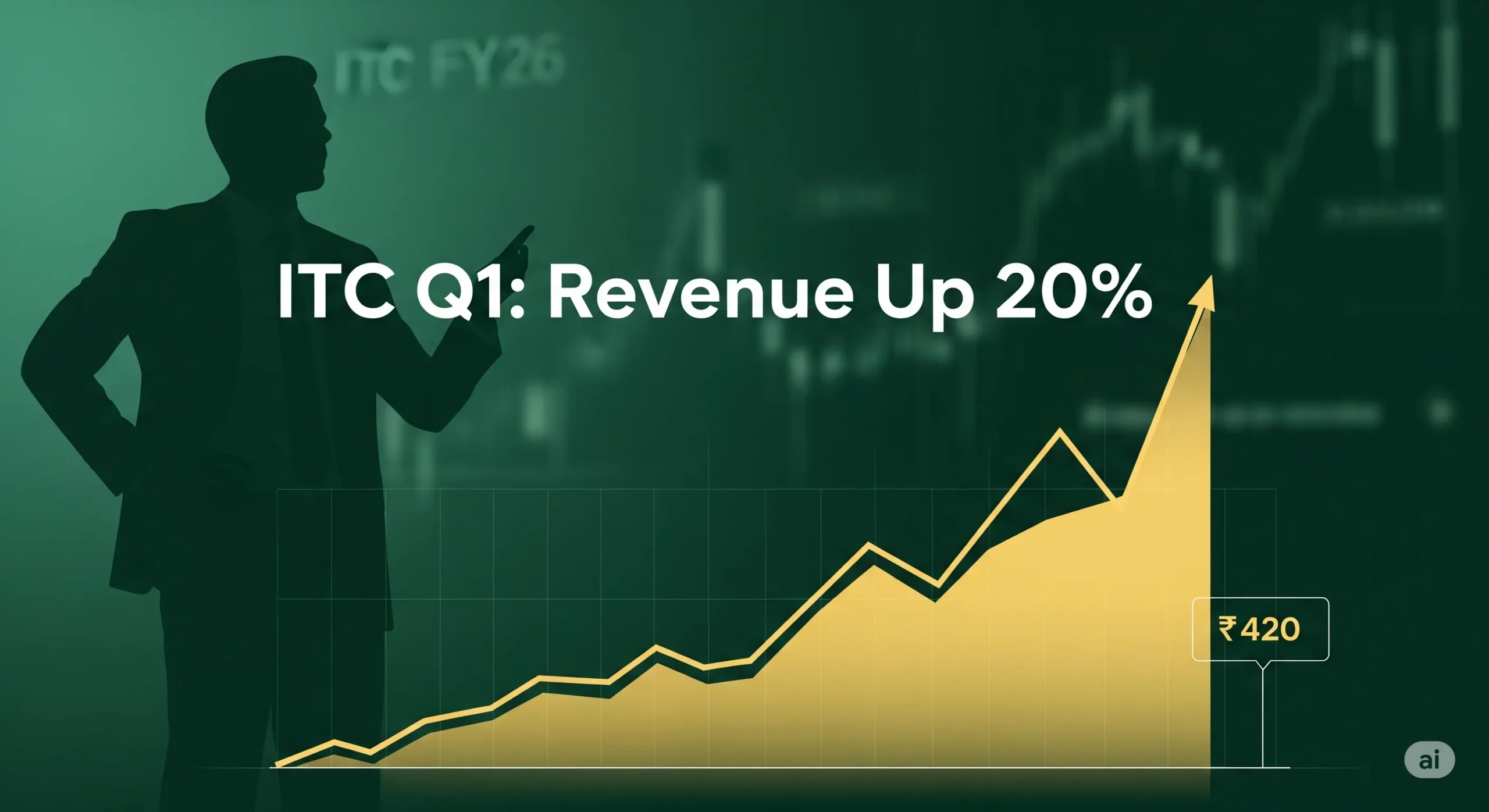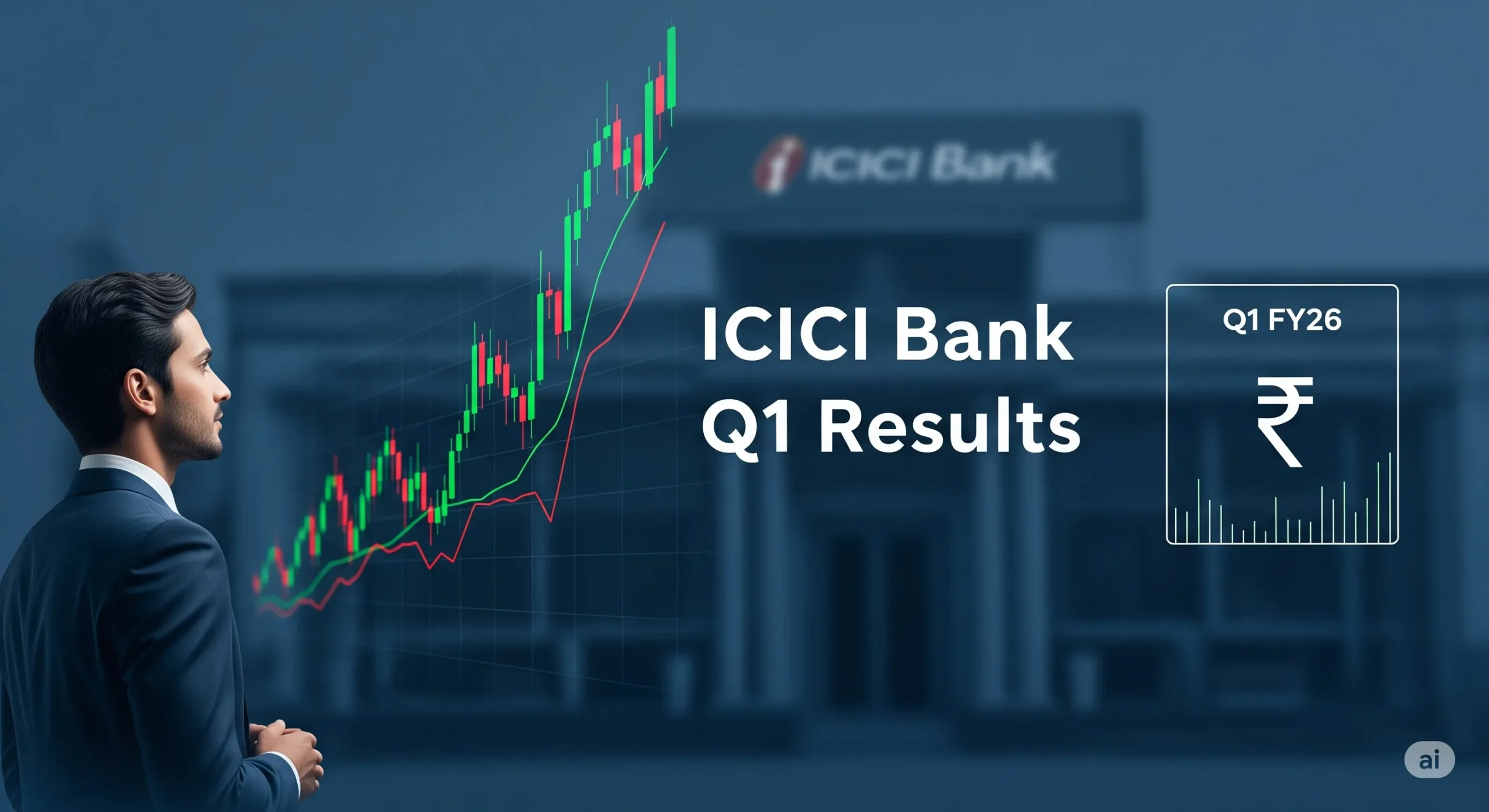Hindustan Aeronautics Ltd (HAL) is a key player in India’s defence and aerospace sector. Backed by the Government of India, this Maharatna PSU is known for making fighter jets, helicopters, and advanced aviation technology. While there may be ups and downs in the short term, the long-term growth potential of HAL looks strong.
In this article, we’ll explore HAL’s stock journey, future price targets, and why many investors believe it could cross ₹42,000 by 2050.
About the Company
HAL, headquartered in Bengaluru, is a backbone of India’s military aviation. From fighter jets like Tejas to helicopters, engine systems, and R\&D labs—HAL supports India’s air power edge.
Key Details:
- Established: 1963 (in current structure)
- Listed on: NSE & BSE
- Core Areas: Manufacturing, overhaul, avionics, aerospace R\&D
- Government Holding: Majority owned by the Government of India
Financial Performance (FY25)
Q4 FY25 Snapshot:
- Revenue: ₹13,699.85 Cr (↓7.2% YoY)
- Consolidated PAT: ₹3,976.66 Cr (↓7.7% YoY)
- Standalone PAT: ₹3,958 Cr
- Dividend: ₹25/share (interim)
The Q4 drop was due to slower execution and delivery scheduling delays.
FY25 Full-Year Overview:
- Revenue: ~₹52,000 Cr
- Net Profit: ₹8,364 Cr (+9.8% YoY)
- EPS: ₹59.5
- Balance Sheet: Strong with low debt and steady cash flows
Despite a weak Q4, the full-year results show solid profitability and stable fundamentals.

HAL Share Price Target 2025–2050
| Year | Minimum Target (₹) | Maximum Target (₹) |
|---|---|---|
| 2025 | 4,475 | 6,545 |
| 2026 | 4,800 | 6,800 |
| 2027 | 7,524 | 10,383 |
| 2028 | 9,664 | 12,235 |
| 2030 | 13,117 | 16,785 |
| 2035 | 17,800 | 21,000 |
| 2040 | 23,954 | 28,451 |
| 2045 | 30,500 | 35,600 |
| 2050 | 37,254 | 42,534 |
Targets are based on multi-decade modeling, defense demand, export growth, and analyst projections.
Growth Drivers
Defense Modernization
India is increasing its defense budget every year—HAL is the top beneficiary, with large-scale orders for Tejas jets, helicopters, and UAVs.
“Make in India” Push
HAL is partnering with GE to manufacture jet engines for Tejas locally—a big leap in indigenous capability.
Huge Order Pipeline
HAL’s multi-year backlog ensures predictable revenue and long-term visibility.
Capex & R\&D
Investment into production facilities and innovation labs keeps HAL ahead in defense technology.
Global Export Opportunities
HAL is now exporting aircraft and parts to friendly nations, opening new markets.
What Experts Are Saying
- Antique Stock Broking: Raised 12-month target to ₹6,545
- Nirmal Bang: Sees 30% upside from July 2025 levels
- WalletInvestor: Predicts ₹9,700+ by 2030
- SharePrice-Target: Long-term modeled forecast of ₹42,000 by 2050
Analysts remain bullish on HAL’s fundamentals, despite temporary slowdowns.
Risks to Consider
Every stock has risks, and HAL is no exception:
- Execution Delays: As seen in Q4 FY25, timing of deliveries matters
- Govt Dependency: Majority of orders come from the Indian government
- Geopolitical Factors: International tensions or supply chain issues can impact delivery timelines
- High Valuation: Strong past performance has priced in a lot of growth—any earnings miss may cause corrections
Investment Suitability
Ideal For:
- Long-term investors seeking exposure to India’s defense & aerospace sector
- PSU-heavy portfolios looking for a compounder with government backing
- Investors focused on high-growth companies with strategic national importance
Not Suited For:
- Short-term traders
- Conservative portfolios avoiding volatility
- Dividend-focused income seekers
FAQs
Q1. What is HAL’s share price target for 2030?
Between ₹13,000–₹16,785 depending on earnings and execution.
Q2. Is HAL currently profitable?
Yes. FY25 Net Profit was ₹8,364 Cr—up 9.8% from FY24.
Q3. Why did Q4 earnings drop?
Due to delivery delays and slow execution of some contracts.
Q4. Is HAL a good long-term investment?
Yes, due to high entry barriers, strong balance sheet, and defense market expansion.
Q5. Does HAL pay dividends?
Yes. Interim dividend declared at ₹25 per share in FY25.
Final Thoughts
HAL is one of India’s strongest defence companies with big goals and a solid order book. Even though there was a small dip in Q4, the future looks bright—especially as India focuses more on making its own defence equipment. If the company continues to perform well, HAL’s stock could reach ₹42,000 by 2050, making it a strong long-term option in the PSU and aerospace sector.










